A crucial step in the evolution of modern plant agriculture was the development of low-cost, energy-efficient greenhouse structures that provide optimum growing conditions year-round. In 1964, Professor William J. Roberts developed the first air-inflated double-layer polyethylene greenhouse covering system at Cook College, Rutgers University.
1964
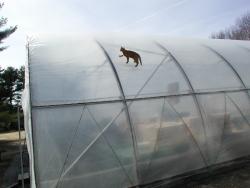
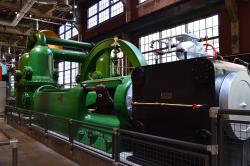
Stationary steam engines, once the prime movers of industry, powered trains, ships, and mills in an age when there was no electric power. By the 19th century, American industry, especially in England, was rapidly outgrowing the capacity of the ater power that had been its principal prime mover. The need for a new power source inspired an intense development of the steam engine, the work of inventors directed mainly at imporving fuel efficiency by reducing steam consumption. The leader in this effort was George H.
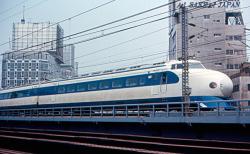
State: Tokyo-toZip: 100-0005Country: JapanWebsite: https://www.asme.org/about-asme/who-we-are/engineering-history/landmarks/211-tokaido-shinkansenCreator: Shima, Hideo
In 1964, Shinkansen (which means "new trunk line" and is also known as the bullet train) between Tokyo and Shin-Osaka became the world's first high-speed railway system, running at a maximum business speed of over 200 km/h (130-160 mph).
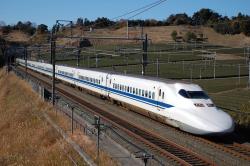
The Tokaido Shinkansen, the world's first inter-city, high-speed railway system, began operations on its route of over 500 kilometers between Tokyo and Osaka more than thirty years ago, in 1964. After its establishment, the Tokaido Shinkansen made a major contribution to Japan's rapid post-war economic growth as the country's principal transportation artery. Today (1997), more than two hundred and eighty Shinkansen trains operate between Tokyo and Osaka each day, with eleven departures an hour at peak times, and a daily ridership of more than 360,000 passengers.
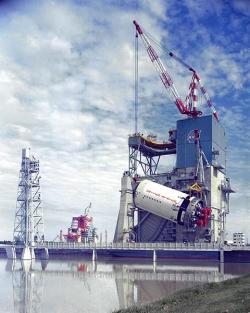
Innovations
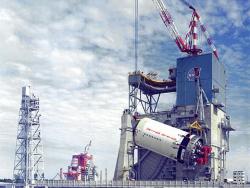
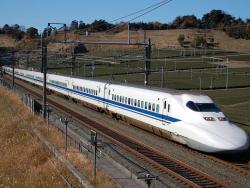
The Tokaido Shinkansen, the world's first inter-city, high-speed railway system, began operations on its route of over 500 kilometers between Tokyo and Osaka more than thirty years ago, in 1964. After its establishment, the Tokaido Shinkansen made a major contribution to Japan's rapid post-war…
Read More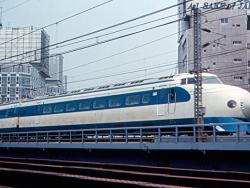
In 1964, Shinkansen (which means "new trunk line" and is also known as the bullet train) between Tokyo and Shin-Osaka became the world's first high-speed railway system, running at a maximum business speed of over 200 km/h (130-160 mph).
The nose profile, starting with the original…
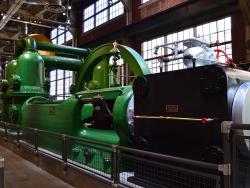
Stationary steam engines, once the prime movers of industry, powered trains, ships, and mills in an age when there was no electric power. By the 19th century, American industry, especially in England, was rapidly outgrowing the capacity of the ater power that had been its principal prime mover.…
Read More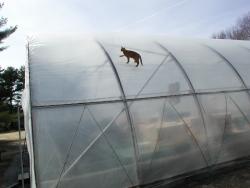
A crucial step in the evolution of modern plant agriculture was the development of low-cost, energy-efficient greenhouse structures that provide optimum growing conditions year-round. In 1964, Professor William J. Roberts developed the first air-inflated double-layer polyethylene…
Read More

